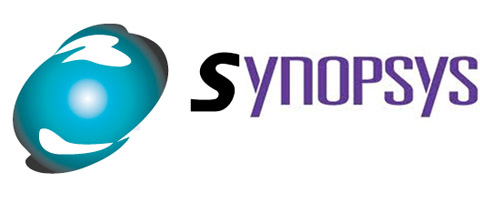 Today it was announced that Synopsys is acquiring SpringSoft for $406 million dollars ($12.2B Taiwanese). Coincidentally, I was in SpringSoft’s US office yesterday to talk about how Laker is being used for 20nm design. More of that later. But there was certainly nothing to indicate that anyone there was expecting this.
Today it was announced that Synopsys is acquiring SpringSoft for $406 million dollars ($12.2B Taiwanese). Coincidentally, I was in SpringSoft’s US office yesterday to talk about how Laker is being used for 20nm design. More of that later. But there was certainly nothing to indicate that anyone there was expecting this.
Last week Synopsys acquired Ciranova. They had some good technology for analog automation but it seems clear with this acquisition that Synopsys just wanted to ensure that the Ciranova PyCell technology remained viable and found a home. With the acquisition of Laker, Synopsys has a much stronger position in layout in general and analog automation in particular.
The other part of SpringSoft is the Verdi verification environment. In another odd coincidence, just a few days ago I wrote about the integration of the Synopsys Protocol Analyzer with SpringSoft’s Verdi through the open VIA interfaces that Verdi has provided for about a year now. I guess that integration like that might get a bit tighter going forward.
The verification market is split three ways with Mentor, Cadence and Synopsys all having strong positions. Verdi strengthens Synopsys’s position, of course, but it doesn’t really upset the balance of power enough to put them convincingly ahead. Plus, verification is one of the areas where customers seem to like to have more than one solution, both since the different solutions have different capabilities and to give a stronger negotiating position. Many customers use Verdi with Cadence and Mentor simulators so whether Verdi grows or shrinks as a business due to the acquisition is an open question.
The layout market is the one where this might make a big difference. Cadence has had a dominant franchise in this market with their Virtuoso environment. The lock-in has been the thousands of lines of SKILL code that customers have written and that nobody else can support. One thing I learned yesterday is that 20nm is so different that most of that SKILL is irrelevant and even PDKs are less important since there is so little flexibility about how transistors can be created. The 20nm changes along with the newish analog automation has created an opportunity for SpringSoft’s Laker. Laker has been very strong in Taiwan (SpringSoft is headquartered there) but has recently started to get traction in more and more big name companies outside of its home base. With the Synopsys name and sales channel this could really even up the layout playing field.
Or maybe not. One of the weird things about EDA is that the big sales channels cannot sell products that the customer isn’t asking for. So much of their revenue comes from reselling what they sold last time they don’t like to jeopardize the big deal with a product where they have to work to displace an incumbent. When Cadence acquired Ambit’s synthesis, the sales channel refused to sell it and continued with their strategy of “concede synthesis to Synopsys and try and get the rest of the budget.” Let’s see how good Synopsys’s sales force is at displacing Cadence’s Virtuoso of if they adopt a “concede layout to Cadence and try and get the rest of the budget.”
Since this doesn’t give Synopsys a dominant position in functional verification and since Cadence is the dominant layout incumbent, not Synopsys, I can’t see that this deal is likely to get major regulatory oversight. It is far less contentious than Synopsys acquiring Magma, giving them a second place and route solution, and Finesim, and Tekton static timing, areas where Synopsys was already the leader.
In yet another odd coincidence, the first I knew about the acquisition is that I got an email from Tony Trousset of Atlas Technology Ventures that they had acted as advisers to SpringSoft in the transaction. I’ve not heard from Tony for ages, but he was at Deutche Bank when he was one of our advisers when we sold Compass while I was CEO (eventually to Avant!) back in 1998.








Comments
There are no comments yet.
You must register or log in to view/post comments.